Sour Grapes From Charlie Bolden

Charles Bolden ‘blunt’ about Trump and space, says president ‘talks a lot’, AL.com
“The president had an opportunity after challenging NASA to show how we could put humans on the very first flight of SLS and Orion,” Bolden said. He referred to the Trump administration’s early request that NASA consider a crew on the first launch of the Space Launch System under development. NASA said, “It can be done, but it’s got a healthy price tag, so we think we ought to stick with the plan we have now…,” Bolden said. “The president could have very easily said, ‘No, I want to do what I said.’ We’re going to put a crew on it. Go for it. I’m going to work with Congress and we’re going to give you the money to do it.’ That’s the way we did Apollo.”
 Keith’s note: Gee, if this crew on EM-1 thing was such a big deal for Bolden why didn’t he say something like this at some point during his 8 years at NASA? Now it just sounds like sour grapes from the sidelines.
Keith’s note: Gee, if this crew on EM-1 thing was such a big deal for Bolden why didn’t he say something like this at some point during his 8 years at NASA? Now it just sounds like sour grapes from the sidelines.



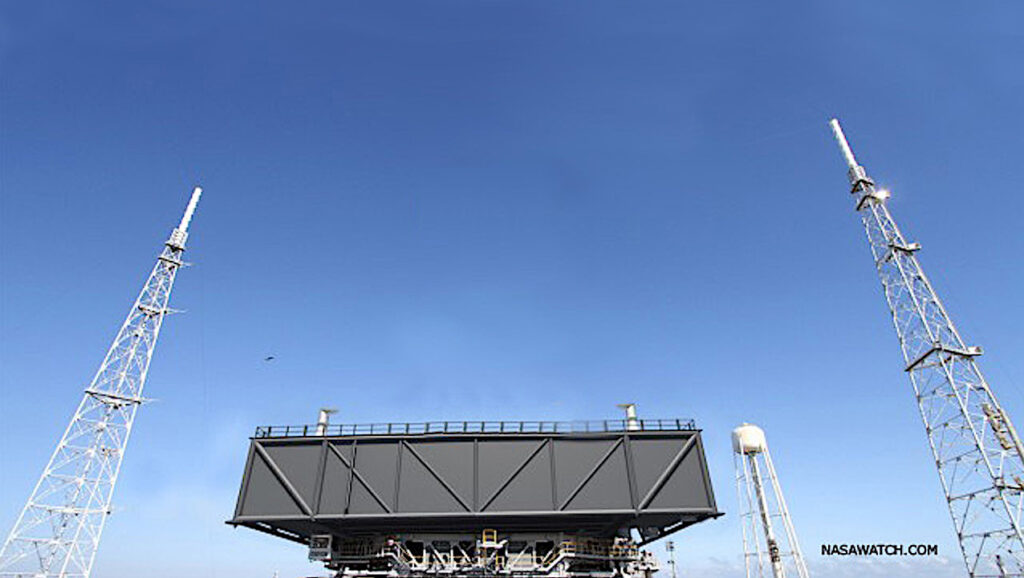
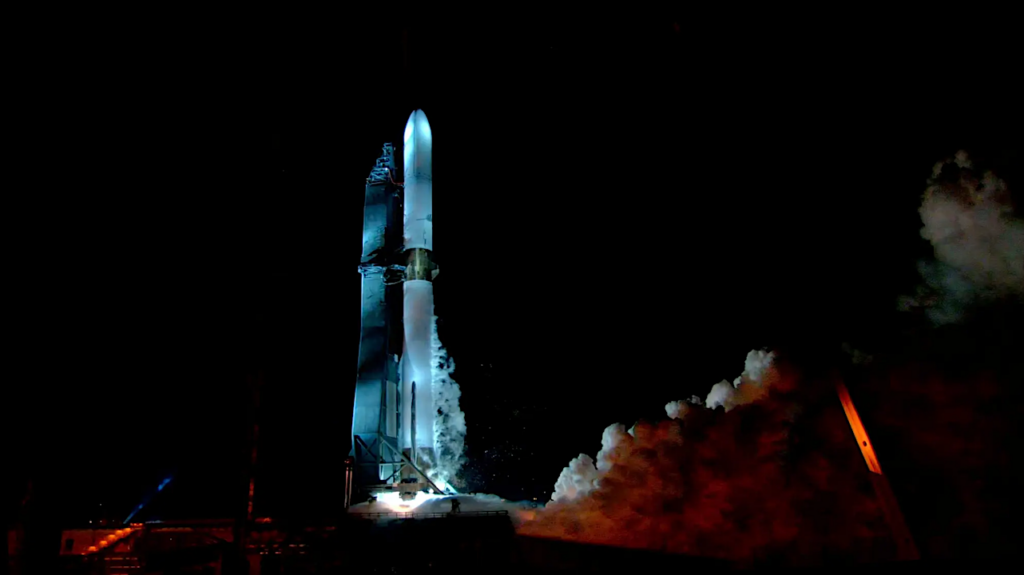
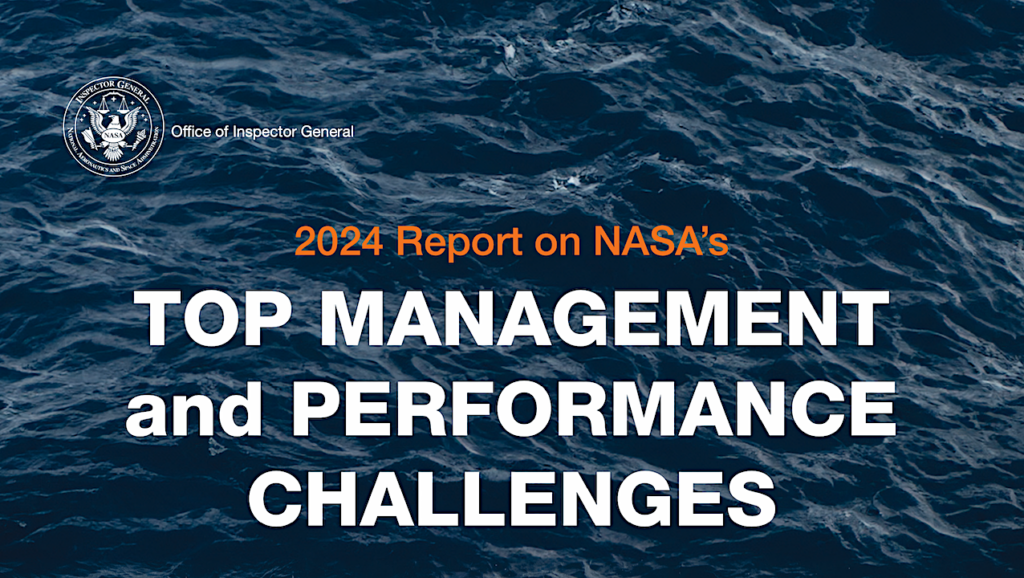
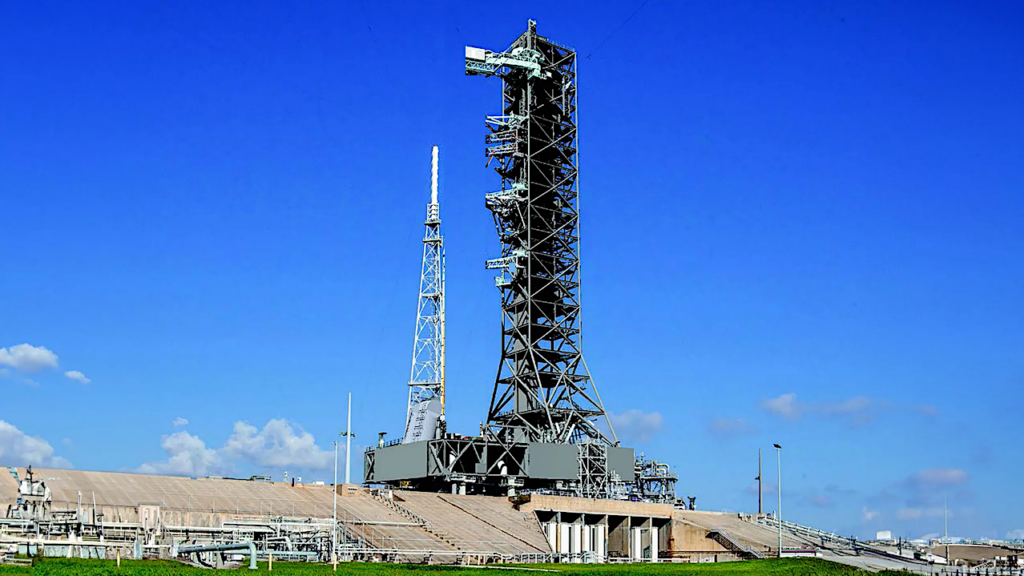
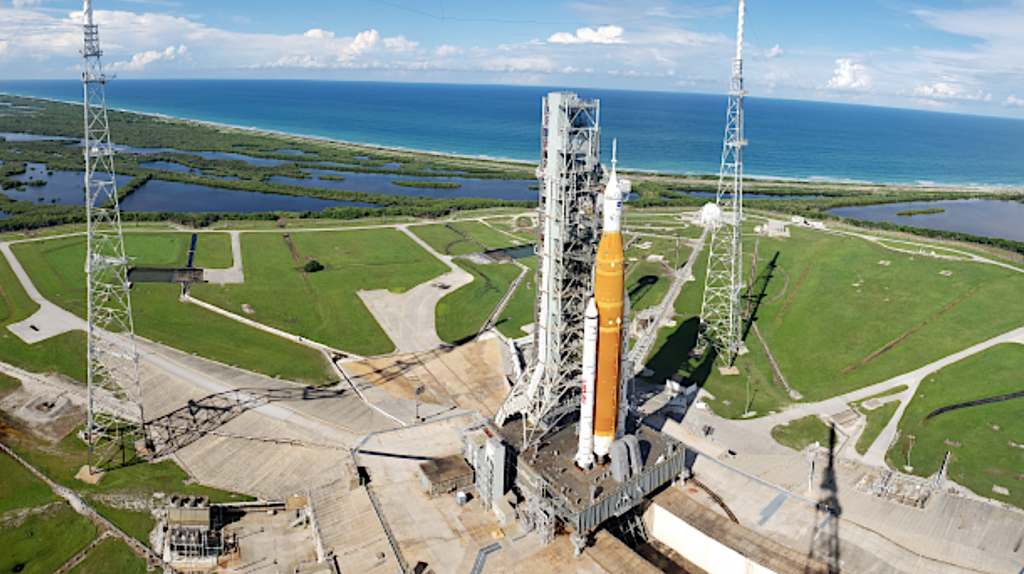

What? I was under the impression that this wasn’t done because of safety concerns.
Safety concerns are part of why it cost so much more technically.
Do we actually know that? I can’t believe I don’t remember (it was only a few months ago), but I don’t recall any clear, specific statement about the reasoning. NASA was asked to study launching astronauts on EM-1. They studied it. They decided not to do so (presumably with the President’s knowledge and agreement.) I don’t remember the study report being published, and I don’t remember any statements about _why_ NASA decided not to do so.
Simple in order to fly astronauts you need to man rate the interim cryogenic upper stage which is a safety concern that costs money to resolve.
I’m not disputing the fact that there were safety and budget issues. That’s dead obvious. I’m just not sure if we ever heard which issue killed the idea. It was probably a combination, but unless I missed or forgot something, we never heard the details.
It’s more that I’m saying you can’t really have one without the other
This is complete b.s. ULA quoted $50m for that, Boeing put a $100m wrap on that, so it would cost $150m. Big deal.
There are YEARS worth of ECLSS development for Orion to be able to carry people by 2021+. That won’t be ready in 2019 or 2020. Period.
It might cost $1 billion to accelerate that, NASA estimated.
Stop blaming irrelevancies for the problems of your unaffordable architecture.
Just out of curiosity, what ECLSS development is required for Orion? I’d think we had plenty of high heritage hardware from ISS.
It’s not flying in EM-1, so it must not be ready. Otherwise they’d fly it and test its operation with sensors, and maybe some lab mice.
That wasn’t quite what I was asking. I’m curious what Orion requirements needed ECLSS development work? What requirements could not be satisfied by using minimally modified ISS hardware? Or is the plan to use Orion as a development and testing platform for ECLSS hardware needed for unspecified, future vehicles?
Well, the level 1 (or 0) requirements are to keep 4 astronauts alive for x weeks in a launch-to-cislunar-to-reentry environment. But I suspect the power, physical volume, and spare parts storage capabilities of ISS are much greater than Orion’s, and therefore you need something smaller, more power-frugal, and more reliable. Add to that technology has improved since ISS ECLSS was designed in the 1990s, and I’m guessing Orion’s systems look different. And because we are spending $2B/year on a rocket, Orion is short-changed and so the ECLSS work put off until other parts of Orion and SLS were completed.
All of this is an artifact of the choices Congress and NASA made in 2010-1, plus the previous Administration’s unwillingness to add $3B a year to NASA’s budget.
Bottom line: NASA would have had to accelerate a lot of work that had been put off until EM-2 for EM-1 to carry crew. That was going to be expensive, and potentially risky, and certainly was going to destablize the current plan that NASA and the contractors are working too. Chaos is its own cost, paid in morale, loss of good employees, and of course delays/money.
Definitely sour grapes. And the fact that the launch date slipped again. Who was at the helm during the prior 8 years? Trump may talk a lot but Bolden cries a lot.
Who cast aside the DOD fleet in 2004 to retain incredibly expensive Shuttle derived? Who cried when Obama cancelled CxP and specified into LAW “must be 70 and 130 mT” in 2011?
Who said SLS should not be built but was stone walled by the Party of Red?
Correct me if I am wrong, but the SLS was born from congressional mandate. Obviously, the previous administration could have done a fair amount to prevent or “fix” this issue, but these things do not exist in a vacuum.
Hate to say this, but it’s to Trump’s credit that he *didn’t* overrule the experts who said it was not a great idea. Isn’t that how we got into the mess we did – allowing politics to intervene too greatly into design decisions? Solids v. liquids, oversized shuttle instead of the original concept?
I wonder if Kennedy “overruled” his advisors ? maybe von Braun was for it, but based on their experience to date it was a bold move.
I suspect the thing that killed the idea was the risk, rather than the money (though that may be a close second).
Belatedly, since no-one responded…
Actually Von Braun was against it. He advocated for a smaller, two or three engine version of Saturn; with a two launch per mission architecture; launching the lunar landing separately to lunar orbit. The manned crew launches later and rendezvous in lunar orbit before the decent.
I believe, prior to Kennedy’s “challenge”, WvB also advocated for a small LEO station to fly before the moon launch. With the first lunar landing in 1975. But it would have been part of continuous effort, culminating in a base, then followed by a Mars mission some time in the late ’80s, early ’90s.
There was another faction at NASA (Von Braun came in from the Air Force side), which wanted an eight-engine Saturn super-heavy to fly an all-in-one mission, where the crew-capsule was also the lunar lander. Kennedy’s advisors split the difference and went for a 5-engine Saturn, an all-in-one launch, but a rendezvous-type architecture with a separate crew capsule and lander.
At the time of that decision, rendezvous – still very tricky, but now routine – was an unknown factor contributing to the shape of the overall mission, and the primary rationale for the so-called ‘moon direct’ mission architecture.
In many ways Gemini’s chief contribution was the regularization of rendezvous. And parenthetically, unlike the Soviets, NASA adopted a rendezvous system that included an active pilot.
AIUI, Von Braun’s reasoning was that if you can’t dock, you can’t do anything in space; so it’s a fundamental gating technology.
(If you don’t have fine RCS-controls, you can’t land on the moon anyway. If you can land on the moon, you should also be able to dock.)
Yes!
And how quaint that concern seems to us now, looking back.
It’s important to realize just how far we have come from the days of hurtling a person in an open chair with a rocket strapped to his back, breaking by dipping into a trough of water.
Serious people wondered if we would be able to swallow in zeroG.
Credit? Retaining the incredibly expendable, expensive SLS/Orion to support the base? No reason exists to retain a HLV
There is a fine line between “sour grapes” and resentment/indignation depending on the amount of control one has over any situation. Our society likes to “assume” people have more control over outcomes and then blames people when things turn out differently than desired. What is really lacking is a full and clear understanding of the big picture, followed by clear and immediate accountability at all levels.
“Bolden offered advice for the new administration. “The smartest thing
President Trump and Vice President Pence could do now” would be name
Acting NASA Administrator Robert Lightfoot to the post permanently.”
If it is going to be status quo for the next four years, this might be good advice.
The smartest thing anyone who loves NASA and loves the American space effort is to find someone completely outside the organization; someone old enough to be educated and have some relevant experience, but someone young and with new ideas.
Come to think of it, we could use some similar Congresscritters.
Out with the old.
Bolden wanted more billions thrown at the “monster rocket” and NASA… no surprise there.
One other statement caught my attention. Concerning the need for a heavy lift launch vehicle, he said,
“When (Wernher) Von Braun … wrote his first plan in 1952, it was, like, 400 flights to get 70 people to Mars. We can’t afford that, for one thing, and it’s too risky. That’s 400 opportunities to fail.”
That’s more-or-less the opposite of my take on things. Requiring 400 launches means one or two (or twenty) failures don’t doom the project. You just plan on a few percent more launches, to replace the failed ones. Heavy lift and a small number of launches does mean that, really, a single launch failure dooms the project.
Yes – the ‘all eggs in one basket’ syndrome.
It’s also a bit disingenuous – Von Braun’s monster rockets were to be made of heavy stainless steel for reuse after parachuting into the ocean. Also; they were to use thousands of tons of hypergolic propellants and would have had a payload to low Earth orbit of less than 50 tons. On that basis, they’d need to fly the things hundreds of times to get all the thousands of tons needed for a multi-ship Mars fleet with dozens of Astronauts!
An enhanced EELV launch fleet would have made the most cost-effective choice for launching the ‘Vision For Space Exploration’. The ULA manufacturing infrastructure was and is capable of turning out up to 40x launcher corestages per year, if needed or funded. Also, relatively simple and cost-effective upgrade paths for the launchers had been identified – growing the Atlas and Delta families to LEO payloads of more than 30 metric tons per throw. A Phase II upgrade approach would see up to 50 metric tons per launch.
If the Shuttle Derived path *had* to be maintained; then the Side-Mount version at 70 tonnes per launch working in concert with the existing and slightly upgraded ULA fleet would have given the USA a formidable ‘Exploration Launch Fleet’. The Side-Mount SDLV would have used most of the Shuttle infrastructure ‘As Is’ – saving Billions with a B over the bloated Ares launchers and the glacially slow-developing SLS. Saving billions would have meant that there would be money left over for Exploration PAYLOADS. At least in theory…
…And then in the 2020s, the arriving and growing Commercial Launcher fleet could be phased in to replace the ‘dinosaurs’…
No. Wrong Hardware and Wrong Architecture. In the early 2000s, it was cheaper for NASA to pursue Exploration with the Spiral Architecture which meant to *shut down* Shuttle and increase the flight rate of Atlas/Delta to reduce $/kg-all were ~$10K/kg. However, new cost effective LVs were needed as even the Vulcan(a Atlas/Delta upgrade) would cost 100M/ea *if* it flew 10 times a year without including dev. costs.
The real limitations however were the expendable design approach (limited ways to reduce costs) and solids: (require significant increases in LAS mass vs liquids, multiple configurations significantly increase certification costs)
The 2004/2005 policies guaranteed Economic Access to Space would not be achieved for 20 years. Without a SpaceXs First Reused Rocket Launch, it would be much later.
https://www.youtube.com/wat…
The ‘Spiral Architecture’, yes. Still cheaper to develop and a higher flight rate than SLS and presumably Ares V. The flight rate of Side-Mount SD would be somewhere between Shuttle and SLS – that is, two per year max with SLS and 9 per year max with Shuttle. And no one is pretending that lots more flights of SD or EELV expendables was EVER going to be ‘cheap’.
But the development costs of Ares V & 1 together was going to be in the neighborhood of $35 billion before even regularly flying them. Even a slightly modified Delta IV-Heavy or Atlas V-Heavy to get 35-45 tons into LEO was NEVER going to cost anything like that. And in the early 2000’s – reusability of the coming SpaceX and Blue Origin launchers factored into no ones projections. By clarification, the above is what I meant. I know there’s ample documentation on nasasp4ceflight.com AND other places to back up both of our discussions. But we don’t have room or time to thrash all that out here.
It’s interesting how all this recent past is under discussion – again. And it’s also interesting that different folks are getting (slightly) different opinions from reading the same history. As I sometimes say; most of us are reading from the same book – but we are often on different pages. A good book to read on the subject is: ‘New Moon Rising’ by Frank Sietzen & Keith Cowing.
Well. If this whole discussion is going to be opened again for the umpteenth time, I’d like to ask a question of the smart people here.
Start with theism SpaceX has a working booster using powered descent and is reusable. They have a reusable capsule capable of a powered return to land, not water.
What was the enabling technology that allowed them to do what is so dead obvious? Was it a change in basic assumptions? Or the design efficiency of Raptor or Merlin? Or? Or was it a confluence of technology and thinking that came together at an opportune time?
Later improvements like super cold fuel added to the liftable mass but the underlying capability was there first.
Why and how did SX achieve reusability with F9 and Dragon?
Without Elon Musk it wouldn’t have happened.
I wonder about that. When an idea is born it gains wings.
But the question remains: how did Elon put 2+2 together?
From what I know Elon wanted to send a small probe to Mars and was frustrated by how much it cost. So, he decided to build a rocket company..and I guess when he started hiring some engineers from NASA or some of the other companies they started telling him “hey, we can make at least the 1st stage reusable” and it went from there.
A mini-greenhouse with a video-feed. He thought the sight of green plants growing on Mars would be inspirational.
Discarding boosters is a stunningly wasteful practice. Is it accepted as the cost of doing business? Seriously?
Before SX, where was the hew and cry over the dismal practice of splashing boosters? Nowhere, that’s where. Maybe it’s one of those things that ‘everyone just knows’.
Bottom line: from the point of view of an passionate and semi-informed citizen, the jump from splash to re-use evidently involved no technological breakthrough. SX simply took existing methods to the 99th percentile.
If that’s the case, then the chief enabler of this leap was not technology. It was point of view.
Charlie’s past words about NASA going to Mars in the 2030’s were ridiculous and will be a huge part of his legacy.